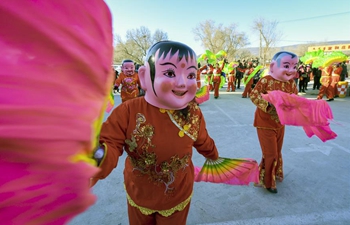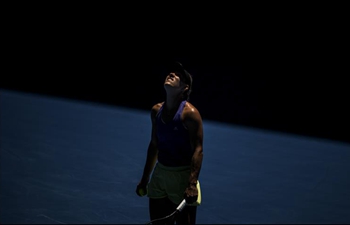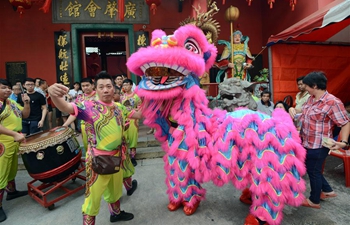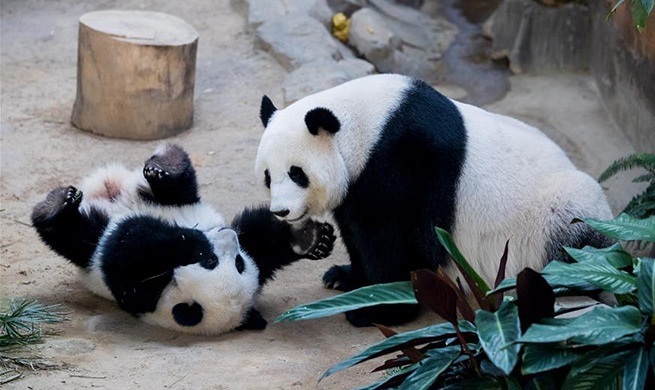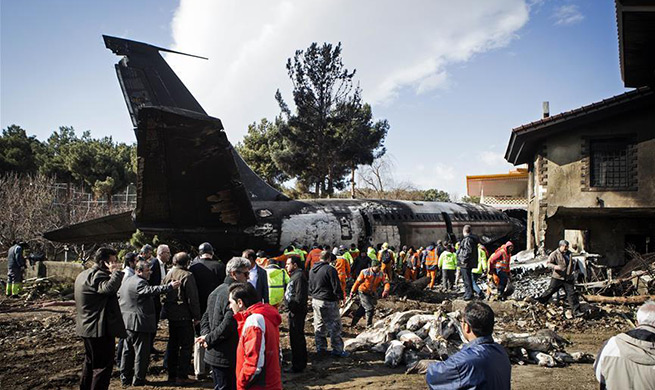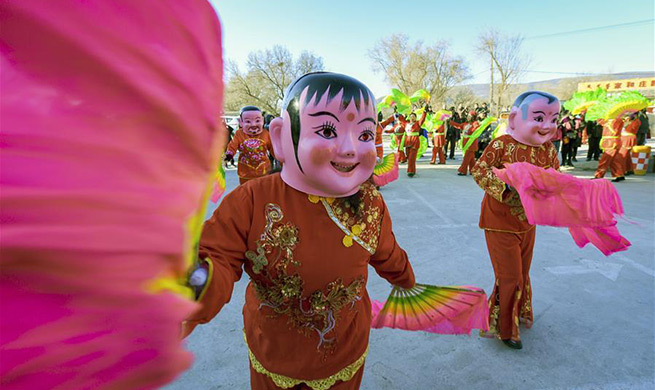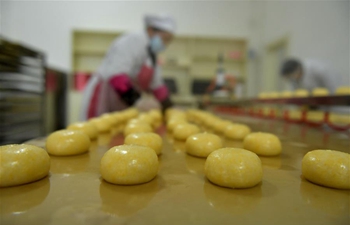HONG KONG, Jan. 14 (Xinhua) -- "The Asian growth model that is so successful for many decades needs to change. It was already doing so," former World Bank president Robert Zoellick said here on Monday.
The old model relied on manufacturing at the low end of supply chains, then integrating upward, adding efficiency, learning high productivity in the international system, he said at the Asian Financial Forum held in Hong Kong.
This is the "Hong Kong story", starting from clothes and other consumer goods, moving up to a booming service sector and innovation economy, and the Chinese mainland follows a similar path, he said.
In the new model, economies need to focus on new and different types of supply chains to make a change in the region itself, he said.
In Asia, there will be cluster collaboration benefits as typified by the Guangdong-Hong Kong-Macao Greater Bay Area construction, which is an excellent example of bringing those different factions together, he said.
The policies to support it will have to focus on new cross-border logistics networks in the barriers that impede them, such as new infrastructure to facilitate trade services, environment conditions, and more importantly, standards, rules and a whole series of structural issues, such as customs and tax procedures, he said.
He believed the Belt and Road Initiative (BRI) could be a part of the instruction (of the new model) if it is developed right, adding that the BRI needs to be further clarified as some economies are still not clear of its targets.
Asian growth rates, which have been healthy, have not been able to return to the same levels they had before, he pointed out.
"In my experience, Asian economic policy makers have traditionally had longer time horizon. And I think that perspective is especially valuable today because we're in the midst of some very important structural shifts," he said.




